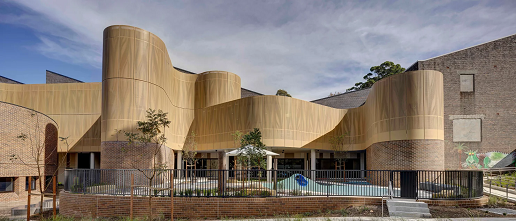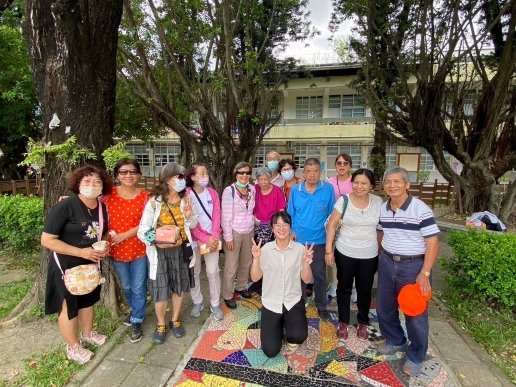Whether migrant workers will become a loophole during the epidemic has long been a topic highly discussed in Taiwan after the epidemic outbreak, and some have suggested to learn from the similar experience in Singapore to deal with the issue.
Since last year, events such as confirmed migrant workers who lost contact, outbreak of mass infection in migrant worker dormitories during quarantine period, and the high confirmed rate of Indonesian migrant workers who entered Taiwan have all made Taiwanese people realize that migrant workers are inevitable parts in the epidemic prevention process.
0613.png) After the cluster infection outbreak in migrant worker dormitories happened in Singapore, the government locked down migrant dormitories to prevent their contact with the outside world. Image courtesy of Reuters.
After the cluster infection outbreak in migrant worker dormitories happened in Singapore, the government locked down migrant dormitories to prevent their contact with the outside world. Image courtesy of Reuters.
Recently, Taiwan has continuously reported cluster infection in migrant worker dormitories, which made migrant workers again as the focus in the epidemic, and the technology industry and the public also call for the government’s interference in the diversion management of migrant dormitories.
Read More: CECC confirms 174 indigenous COVID-19 cases and 1 imported case
In fact, concerns about cluster infection in management of migrant dormitories did not only happen in Taiwan but also Singapore, Thailand, and Malaysia. Among them, Singapore, the most highly affected country by migrant worker cluster infection, may serve as a learning model or alert for Taiwan when coping with the issues.
0613.jpg) Expansion of migrant dormitories and a large scale of specimen collection and testing slow down the epidemic in Singapore. Image courtesy of BBC.
Expansion of migrant dormitories and a large scale of specimen collection and testing slow down the epidemic in Singapore. Image courtesy of BBC.
After the cluster infection outbreak in migrant worker dormitories happened in Singapore, the Singapore government not only locked down migrant dormitories to prevent their contact with the outside world, but also ordered that residents in different buildings, floors, and rooms could not have contact, and at the same time launched a large scale of specimen collection and testing.
However, according to【BBC】, even after confirmation, many migrant workers were asked to go back to rooms that are too small for quarantine, which made it impossible to have a distance with roommates and therefore led to the situation of nearly half of migrant workers in Singapore being confirmed.
Read More: Tainan City Government to inspect migrant worker dormitories for COVID-19 prevention
According to 【The Straits Times】, the working areas of migrant workers in Singapore such as factories and construction sites have now gradually implemented epidemic prevention measures, including teaching workers to use smartphone apps to register, take temperature, and have a one-meter distance with colleagues every day at work.
Some construction companies ordered their employees to paste stickers of different colors on their hats based on their groups and forbade members of different groups to have interaction with each other to implement the social distance and diversion management.
The Singapore government has started to expand migrant worker dormitories in the country after the outbreak of epidemic to alleviate overcrowding. The accommodation rate of purpose-built dormitories (PBDs / 客工專用宿舍) is now 60% of their maximum capacity compared to 88%, which was the rate when the epidemic first took place in the country.
One of the reasons for the rate to drop is mainly because some workers have moved into the newly built quick-build dormitories (QBDs) and construction-temporary quarters (CTQs), and the other reason is that some migrant workers have already returned to their home country.

0613.jpg)





